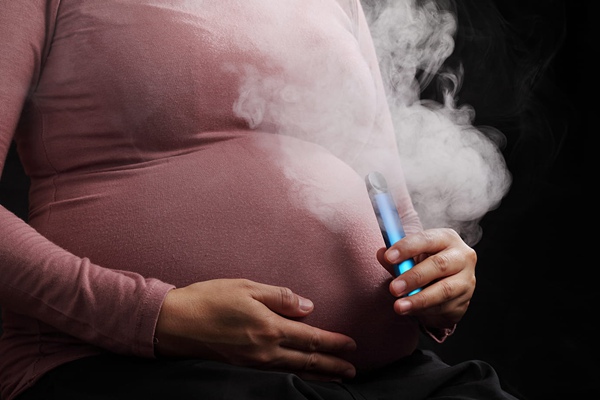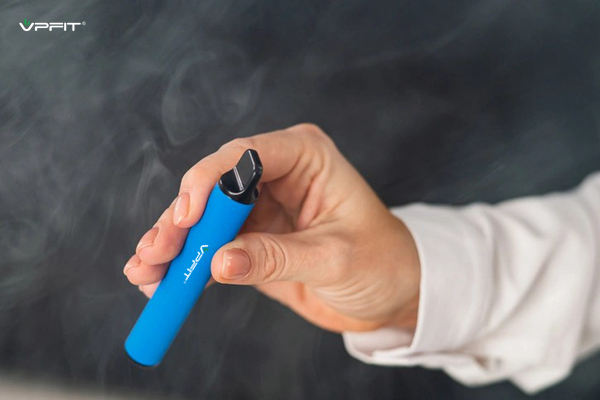
Welsh Vape Users Petition to Implement Vape Sales License System
August 14, 2023
Understanding Vape Pods and Mods: Your Ultimate Guide
August 16, 2023We all know that smoking in pregnancy can harm the growth of a developing baby. Therefore, doctors sincerely advice the pregnant women not smoking. Some female smokers choose nicotine replacement therapy to quit smoking during pregnancy.
According to Fox TV, researchers finds that vape devices(vape pods, vape mods, pens, etc.) may better help pregnant women quit smoking. And the effects many be better than nicotine patches.
Comparing with traditional nicotine replacement therapy (such as patches), the use of vapes can help pregnant women quit smoking habits and reduce the risk of low birth weight.
Vape pens devices are more effective than nicotine patches.
Peter Hajek, director of the Health and Lifestyle Research Unit at Queen Mary University of London, said:
“E-cigarettes seem more effective than nicotine patches in helping pregnant women to quit smoking and because of this, they seem to also lead to better pregnancy outcomes,”
Researchers studied 1,140 pregnant women who participated in an attempt to quit smoking.
Half of the women use vape devices and the other half use nicotine patches. Studies show that both methods are equally safe.
The study found that the vaping group had fewer low-birth-weight babies, which can reduce the risk of health conditions later in life.

pod vape devices
Vaping devices get double the success rate of super nicotine patches
This is likely because vape devices(vape pens, vape pods, mods, etc.) are more effective at reducing traditional cigarette use, the researchers says.
The women then reports whether they have successfully quit smoking.
Some women successfully quit smoking with products that are not prescribe. And most women who use nicotine patches succeed with the help of self-obtained vaping devices.
However, considering only those who successfully quit using the prescribed treatment, the success rate of vapes is higher. The number of women who successfully quit smoking with vape devices is double times of the one with nicotine patches.
In addition, the researchers also considered safety outcomes. These outcomes including low birth weight, infant intensive care admission, miscarriage, stillbirth and preterm birth.
The research, funded by the UK’s National Institute for Health and Care Research, is published in the NIHR Journals Library.






